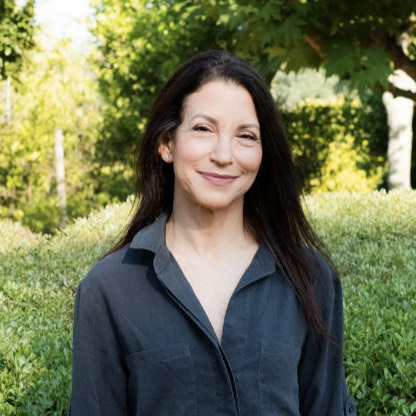
Kirszenbaum’s artistic oeuvre is both testament to an entire generation of Eastern European Jewry and an essential part of early twentieth-century European art history. His peregrinations, prompted by the need to escape the oppression of his native Poland, led to formal artistic education at the Bauhaus in Weimar, his eventual integration into the Berlin gallery scene, and the all-significant association with the School of Paris. The perpetual need to flee Nazi repression places him alongside those itinerant artists who—seeking refuge, education, personal stability, and a sustainable future—developed an art redolent of nostalgia and loss. Presented in this beautiful collection, Kirszenbaum’s work documents both the lives left behind in the shtetls and ghettos of Europe and the perpetual wandering of those searching for a better future, providing extraordinary insight into the collective experience of a generation now lost.
Reviews
About the Author
Caroline Goldberg Igra is an author, an art historian, a triathlete, and a mother.
Her first novel, Count to a Thousand, (Mandolin Publishing) was published in 2018. Her creative nonfiction has appeared in many literary journals, including Away Journal, Mothers Always Write, Pandemic Journal, and Another Chicago Magazine. She presently blogs for The Times of Israel.

